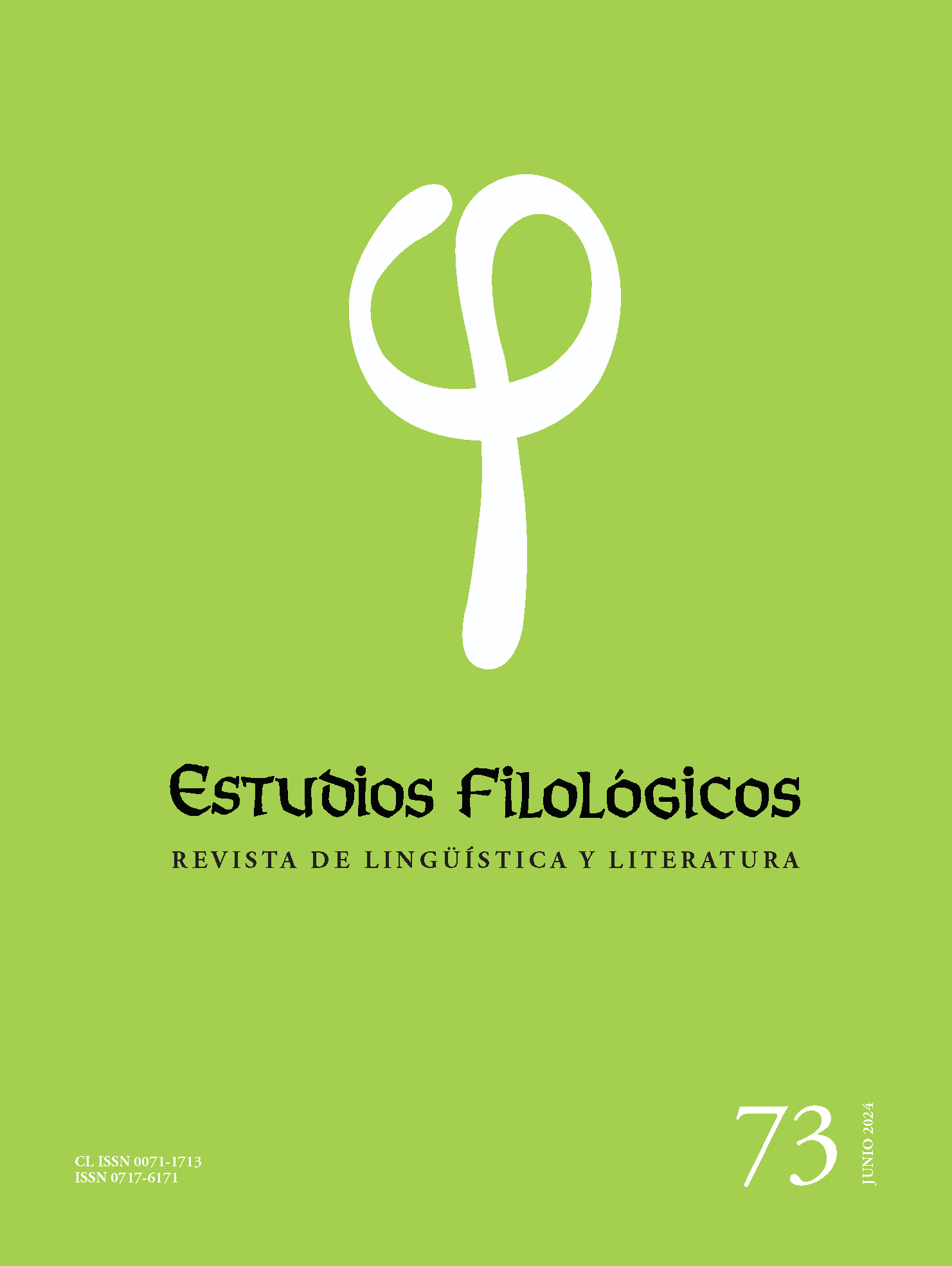The case report in spanish: rhetorical discursive model of a hybrid and epicentral mesogenre
Main Article Content
Abstract
The case report is a widely used genre in academic training processes in civil computer engineering. Students produce this genre in the university classroom guided by diverse academic and professional purposes. Despite its relevance, empirical rhetorical-discursive descriptions of the value of student writing are still scarce in Spanish. Thus, to advance in the knowledge of written production at the rhetorical level, we propose to describe the rhetorical-discursive organisation of the case report genre in this subdiscipline. The methodological proposal follows a design anchored in Swalesian Genre Analysis and uses a corpus of 100 texts. The application of this method allowed us to determine the macromoves, moves and rhetorical steps of the genre, its communicative functions, and textual features. The resulting rhetorical model is made up of five macro-moves, 13 moves and 19 steps. This model shows the hybridisation of the genre, its mesogenic nature, the role of multimodal artefacts and its epicentral character within the Informe Técnico family. This allowed us to obtain teachers’ and students’ views on the process of training professional writers in the field of engineering. Finally, implications for genre theory, Spanish language description and genre pedagogy emerge from the results.

